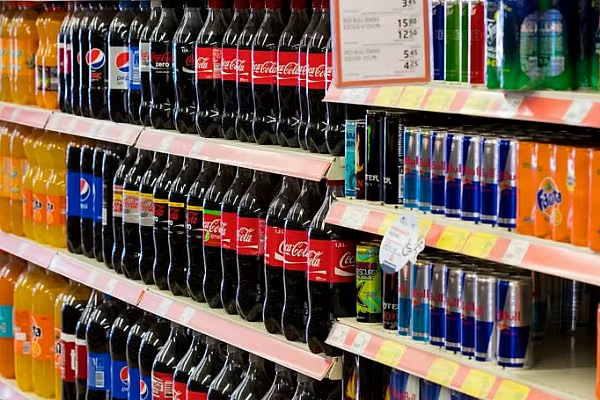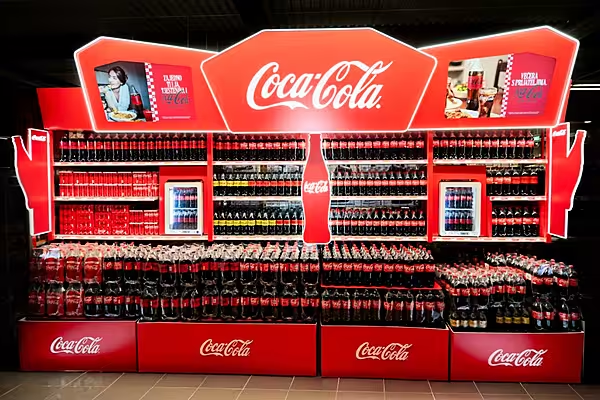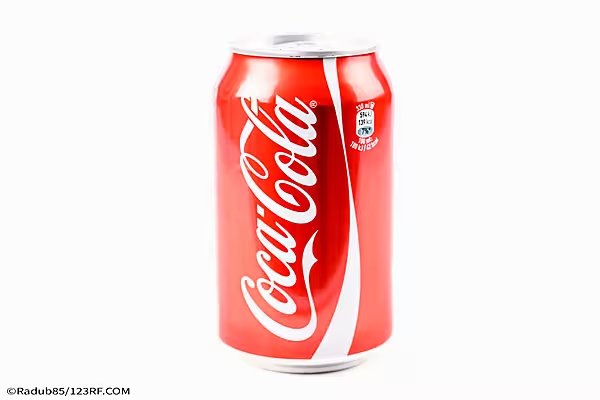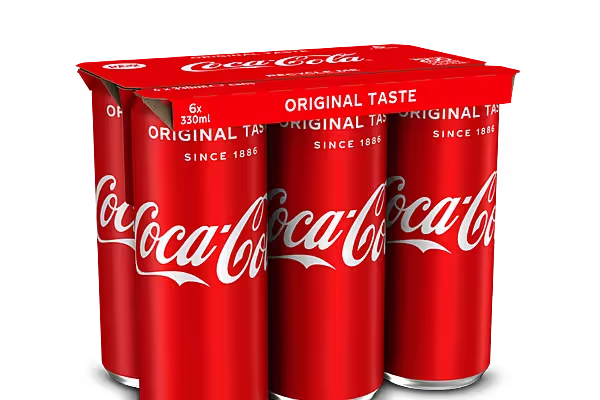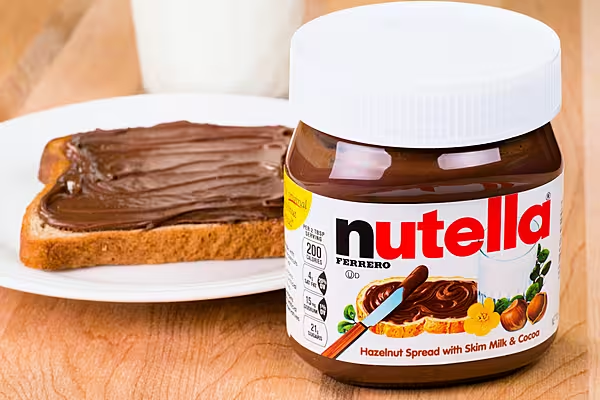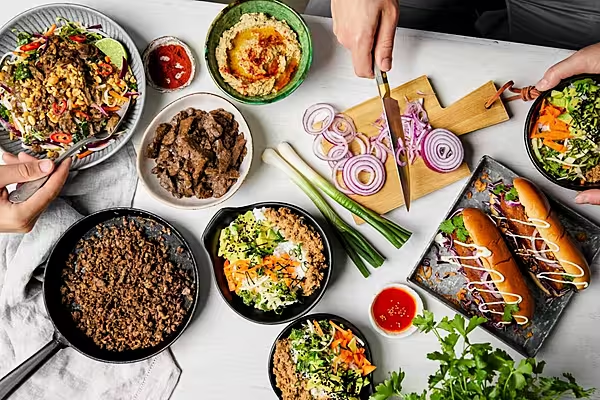Brand Finance's Sustainability Perceptions Index reflects a rising awareness among retailers and brands about the financial advantages associated with embracing an ESG agenda. In the third instalment of our three-part series, we examine the Sustainability Perceptions Value of leading drinks brands. This article appeared in ESM’s November/December 2023 edition.
Retailers and consumer goods brands are progressively incorporating the sustainability agenda into their day-to-day operations, dedicating themselves to enhancing their environmental impact and fostering broader social change.
As the decade advances, there is a growing emphasis on how sustainability not only aligns with ethical considerations but also plays a role in business success, driving profits and providing both comprehensive and financial security.
With this in mind, Brand Finance published its Sustainability Perceptions Index earlier this year – a comprehensive report evaluating the value of sustainability perceptions for the world's leading brands.
How It Works
The sustainability perceptions score (SPS) for each brand is determined using inputs from Brand Finance’s Global Brand Equity Monitor study. Consumers familiar with a brand are asked about its strength of commitment to protecting the environment, supporting communities and wider society, and governance. Responses are combined on a geographically weighted basis, resulting in a score out of 10.
Following on from this, Brand Finance uses drivers’ analysis to determine the relative role of sustainability in determining consumer choice in each sector: the output here is a percentage figure that ranges from approximately 2% to 25%.
This, coupled with that particular brand’s SPS relative to its sector average, are multiplied with the brand value, to determine the sustainability perceptions value (SPV). The SPV represents the portion of brand value attributable to a brand’s sustainability perceptions.
Amazon has the highest sustainability perceptions value (SPV) across all categories and brands, totalling $19.9 billion (€18.9 billion), along with a sustainability perceptions score (SPS) of 4.40. Tesla secures the second position with an SPV of $17.8 billion (€16.9 billion) and an SPS of 5.43. Apple follows closely with an SPV of $14.7 billion and an SPS of 4.50. Google holds the fourth position with an SPV of $14.6 billion and a score of 4.74. Microsoft rounds off the top five, boasting an SPV of $9 billion and an SPS of 4.28.
Read More: Top Food Brands Ranked By Sustainability Perceptions
Top Drink Brands
Placing 23rd in the overall sustainability perceptions value rankings, Coca-Cola is the leading soft-drink brand to make the list, boasting an SPV of $4,559 million (€4.32 billion) and an SPS of 4.35, which puts it well ahead of close rival Pepsi (57th overall), which has an SPV of $2,191 million (€2.08 billion) and an SPS of 3.81.
Other notable names include Red Bull, with an SPV of $856 million (€812 million) and an SPS of 3.92; fellow energy drink brand Monster, which boasts an SPV of $822 million (€779.6 million) and an SPS of 3.86; Gatorade, which has an SPV of $714 million (€677.3 million) and an SPS of 4.64; and Nescafé, which records an SPV of $695 million (€659.3 million) and an SPS of 369.
Other drink brands to make the top 500 include China’s Nongfu Spring (229th), Sprite (295th), Dr Pepper (319th), Lipton (359th) and Nespresso (414th).
Sustainability Perceptions Rankings: Drinks (Non-Alcoholic)
| Brand | Domiciled | SPV ($m) | SPS |
|---|---|---|---|
| Coca-Cola | United States | 4,559 | 4.35 |
| Pepsi | United States | 2,191 | 3.81 |
| Red Bull | Austria | 856 | 3.92 |
| Monster | United States | 822 | 3.86 |
| Gatorade | United States | 714 | 4.64 |
| Nescafé | Switzerland | 695 | 3.69 |
| Nongfu Spring | China | 673 | 5.23 |
| Sprite | United States | 528 | 4.05 |
| Dr Pepper | United States | 496 | 3.59 |
| Lipton | United Kingdom | 442 | 4.67 |
| Nespresso | Switzerland | 366 | 4.08 |
Discover the full Brand Finance Sustainability Perceptions Index here, or click here to read the latest edition of ESM: European Supermarket Magazine.
